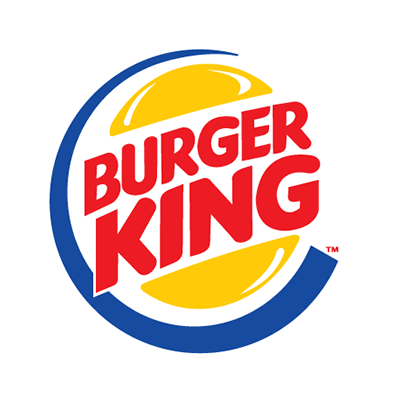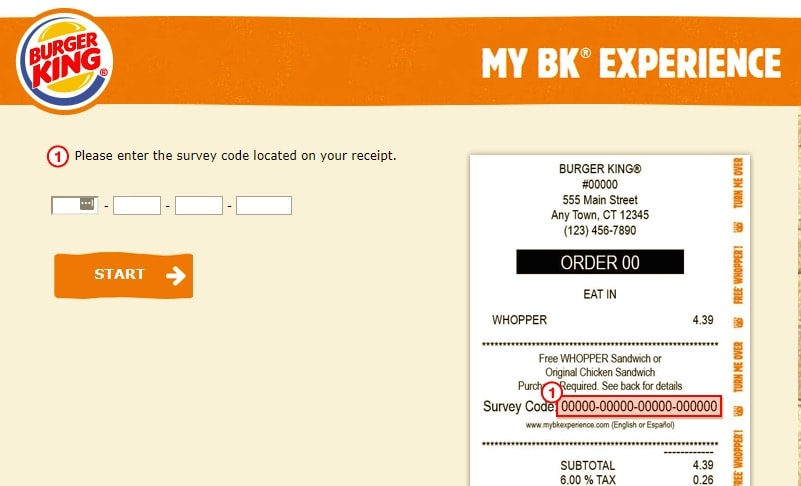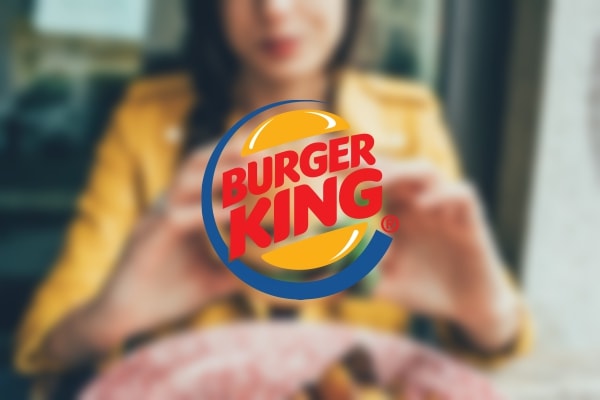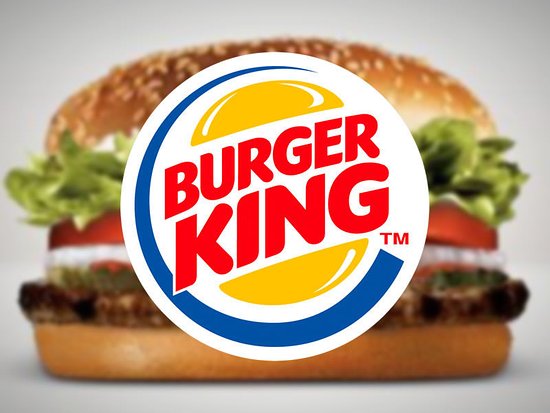The Impossible Burger: A Plant-Based Alternative
The Impossible Burger has revolutionized the world of plant-based alternatives, offering a delicious and sustainable option for burger lovers. Let’s dive into the details of this remarkable creation, including its introduction and nutritional profile.
Introduction to the Impossible Burger
The Impossible Burger is a plant-based burger that aims to replicate the taste, texture, and cooking experience of a traditional beef burger. Made from ingredients like soy protein, coconut oil, and potato protein, this burger is designed to satisfy both meat-eaters and those seeking plant-based options (Healthline). With its innovative approach, the Impossible Burger has gained popularity as a sustainable and environmentally friendly alternative to traditional beef burgers.
Nutritional Profile of the Impossible Burger
The Impossible Burger offers a compelling nutritional profile, making it an attractive choice for individuals looking to reduce their meat consumption or follow a vegetarian or vegan diet. Here’s a breakdown of the nutritional content per serving:
| Nutrient | Amount per Serving |
|---|---|
| Calories | 240 |
| Total Fat | 14g |
| Saturated Fat | 9g |
| Protein | 19g |
| Sodium | 370mg |
The Impossible Burger is a good source of iron, providing 25% of the recommended daily intake in one serving. It contains 0 mg of cholesterol, which is significantly lower than the 80 mg found in a serving of beef burger. The total fat content in an Impossible Burger is 14 grams, compared to 23 grams in a beef burger. Additionally, the Impossible Burger offers 19 grams of protein, similar to that of a beef burger. It is worth noting that the Impossible Burger is lower in calories compared to its beef counterpart, with 240 calories per serving compared to 280 calories in a beef burger.
Apart from its nutritional composition, the Impossible Burger has a positive environmental impact. It uses 75% less water, generates 87% fewer greenhouse gases, and requires 95% less land compared to a beef burger. By choosing the Impossible Burger, consumers can contribute to a more sustainable food system while enjoying a satisfying burger experience.
The Impossible Burger represents a significant advancement in plant-based alternatives, providing a tasty and nutritious option for individuals seeking a more sustainable and environmentally friendly approach to their meals. Its introduction into the Burger King menu has further expanded its reach and accessibility, making it a game-changer in the fast-food industry.
Health Benefits of the Impossible Burger
The Impossible Burger not only offers a delicious and satisfying burger experience but also provides several health benefits. Compared to a traditional beef burger, the Impossible Burger is lower in saturated fat and cholesterol, making it a healthier option for individuals concerned about heart health (Source).
Lower in Saturated Fat and Cholesterol
Saturated fat and cholesterol are known to contribute to heart disease and other health issues. The Impossible Burger, being primarily plant-based, contains less saturated fat and cholesterol compared to a beef burger. By choosing the Impossible Burger, individuals can enjoy a tasty burger while reducing their intake of these potentially harmful components.
Good Source of Iron and Vitamin B12
The Impossible Burger is not only a flavorful alternative to beef but also a good source of essential nutrients. It is particularly noteworthy for being a suitable option for those following a vegetarian or vegan diet. The burger provides a significant amount of iron and is fortified with vitamin B12, which are essential for overall health and wellbeing.
Iron is crucial for carrying oxygen throughout the body and maintaining healthy blood cells. Vitamin B12 is necessary for red blood cell production and proper nervous system function. The inclusion of these nutrients in the Impossible Burger makes it a convenient and accessible option for individuals seeking plant-based alternatives.
It’s important to note that the Impossible Burger, like any food, should be consumed in moderation as part of a balanced diet. While it offers health benefits, it does contain more sodium than a traditional beef burger, so individuals on a low-sodium diet should consume it mindfully.
In summary, the Impossible Burger presents a healthier alternative to beef burgers by being lower in saturated fat and cholesterol. It also serves as a good source of iron and vitamin B12, making it a favorable choice for individuals looking to incorporate more plant-based options into their diet. Enjoy the flavorful experience of the Impossible Burger while reaping its health benefits.
Environmental Impact of the Impossible Burger
As consumers become more conscious about the environmental impact of food choices, the sustainability of plant-based meat alternatives like the Impossible Burger has gained significant attention. Let’s explore the environmental benefits of choosing plant-based meat substitutes.
Sustainability of Plant-Based Meat
Compared to traditional beef burgers, the production of the Impossible Burger has a considerably lower environmental impact. According to CNET, the Impossible Burger uses 75% less water, generates 87% fewer greenhouse gases, and requires 95% less land. These figures highlight the potential of plant-based alternatives to mitigate the environmental strain caused by conventional meat production.
The primary ingredients of the Impossible Burger, such as soy protein concentrate, coconut oil, and potato protein, are plant-based. The sourcing and production of these ingredients contribute to the lower environmental impact compared to beef production. By reducing reliance on animal agriculture, plant-based meat substitutes like the Impossible Burger help conserve resources and reduce the ecological footprint associated with food production.
Reduced Water Usage and Greenhouse Gas Emissions
One of the key environmental benefits of the Impossible Burger is its reduced water usage. The manufacturing process of the Impossible Burger consumes significantly less water compared to beef production. This reduction in water consumption helps alleviate pressure on water resources, a critical consideration in regions experiencing water scarcity.
Greenhouse gas emissions, a major contributor to climate change, are also significantly lower in the production of plant-based meat substitutes. The Impossible Burger generates 87% fewer greenhouse gas emissions compared to a beef burger. By opting for plant-based alternatives, individuals can contribute to mitigating climate change by reducing their carbon footprint.
By choosing the Impossible Burger, consumers can make a positive environmental impact. The lower water usage, reduced greenhouse gas emissions, and decreased land requirements all contribute to a more sustainable food system. As the demand for plant-based options continues to rise, the environmental benefits associated with these alternatives are expected to grow.
To learn more about the Impossible Burger, its health benefits, and how it has influenced the fast-food industry, continue reading the relevant sections of this article.
The Impossible Whopper: A Game Changer for Burger King
Introduction of the Impossible Whopper
The Impossible Whopper has emerged as a game changer for Burger King, offering a plant-based alternative to their traditional Whopper burger. Introduced in the United States in 2019 and later made available in Canada in 2021, the Impossible Whopper features a burger patty made from a meat alternative provided by Impossible Foods (Wikipedia).
Burger King’s decision to offer the Impossible Whopper was driven by the increasing demand for plant-based options and the desire to cater to a wider range of customers. By partnering with Impossible Foods, Burger King aimed to provide a delicious and satisfying burger experience while also offering a more sustainable alternative to their traditional beef-based Whopper.
Impact on Burger King’s Sales and Growth
The introduction of the Impossible Whopper had a significant impact on Burger King’s sales and growth. The burger was initially rolled out nationwide in August 2019 as a limited-time trial. However, due to its overwhelming popularity, it became a permanent addition to the menu and remained available in late 2022 (Wikipedia).
The success of the Impossible Whopper contributed to strong sales growth for Burger King. In the third quarter of the fiscal year 2019, Burger King’s U.S. comparable sales increased by 5%, largely driven by the launch of the Impossible Whopper (Food Business News). The introduction of the Impossible Whopper led to sales growth of 6% and comparable sales growth of 5% within the United States, making it one of the most successful product launches in Burger King’s history (Food Business News).
The Impossible Whopper not only attracted existing Burger King customers but also appealed to new types of guests who were seeking plant-based options. By providing a tasty and satisfying alternative to traditional meat burgers, Burger King successfully tapped into the growing demand for plant-based choices in the fast-food industry.
With the success of the Impossible Whopper, Burger King solidified its position as a leader in offering plant-based options among fast-food chains. The introduction of this innovative burger not only expanded the choices for customers but also demonstrated Burger King’s commitment to catering to evolving consumer preferences.
As the popularity of plant-based alternatives continues to rise, Burger King’s decision to embrace the Impossible Whopper showcases their dedication to providing diverse and sustainable options to meet the changing needs of their customers.
The Impossible King: A New Addition
Burger King continues to revolutionize the fast-food industry by introducing the Impossible King, a plant-based burger that aims to provide an alternative to traditional beef patties. This exciting addition to Burger King’s menu offers a delicious and sustainable option for customers seeking a meatless alternative.
Introduction of the Impossible King
The Impossible King features a patty made with a plant-based blend that is carefully crafted to mimic the taste and texture of real beef. The patty is made from a combination of soy protein concentrate, coconut oil, sunflower oil, and heme, a molecule found in plants that provides a meaty flavor (Food & Wine). This innovative plant-based patty allows Burger King to cater to a wider audience, including those who prefer vegetarian or vegan options, as well as individuals looking to reduce their meat consumption.
Availability and Price
Starting November 15th, the Impossible King will be available in select cities in the Southwest region of the United States, including Miami, Portland, and Montgomery (Food & Wine). This limited release allows Burger King to test the market and gauge customer response before potentially expanding availability to other locations.
As for the price, the Impossible King is expected to be priced around $7.59, although prices may vary by location (Food & Wine). This competitive pricing aims to make the Impossible King an accessible and affordable option for customers who want to enjoy a plant-based burger without compromising on taste or quality.
With the introduction of the Impossible King, Burger King is not only catering to the increasing demand for plant-based options but also leading the way in the fast-food industry by offering a sustainable and flavorful alternative to traditional beef burgers. This move reflects Burger King’s commitment to providing diverse and innovative menu choices that cater to a wide range of dietary preferences and environmental concerns.
Stay tuned for updates on the availability of the Impossible King in your area, as Burger King continues to expand its plant-based offerings and explore new territories, both within the United States and internationally.
Considerations and Controversies
As the popularity of meat substitutes continues to grow, it’s important to consider the potential health considerations and controversies surrounding these products. While meat substitutes like the Impossible Burger have gained attention for their perceived health benefits, there are factors to keep in mind.
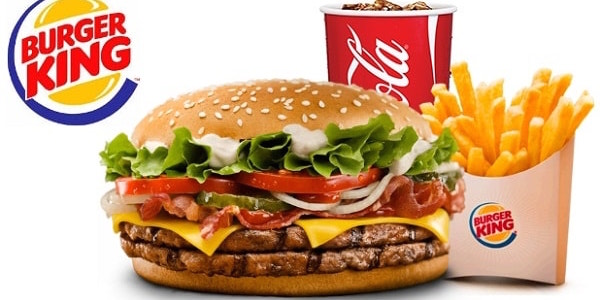
Health Considerations of Meat Substitutes
The Impossible Burger and other plant-based meat alternatives have been marketed as healthier alternatives to traditional beef. However, it’s essential to understand that the healthiness of these products can vary depending on various factors, including the individual’s overall diet and specific health needs (mdlinx).
While the Impossible Burger is lower in saturated fat and cholesterol compared to traditional beef, it’s important to note that highly processed meat substitutes may still contain high levels of sodium and saturated fat. These factors can potentially contribute to health risks if consumed in excess or as part of an unbalanced diet (mdlinx).
It’s crucial to approach meat substitutes as part of an overall balanced diet and consider their place within one’s individual health goals. Consulting with a healthcare professional or registered dietitian can provide personalized guidance on incorporating meat substitutes into a healthy eating plan.
The Debate on Processed Meat Substitutes
The impact of highly processed meat substitutes, such as the Impossible Burger, on long-term health outcomes is still under debate. While plant-based eating has been associated with various health benefits, including reduced risk of certain diseases, it’s important to consider the specific characteristics of highly processed meat substitutes.
The jury is still out on whether highly processed meat substitutes contribute to the same positive effects as whole plant-based foods. Some experts argue that the focus should be on consuming whole, minimally processed plant-based foods for optimal health benefits (mdlinx).
As research continues to evolve in this area, it’s important to stay informed and make choices that align with personal health goals and preferences. Incorporating a variety of whole plant-based foods, including fruits, vegetables, legumes, and whole grains, can contribute to a well-rounded and balanced diet.
Understanding the potential health considerations and controversies surrounding meat substitutes like the Impossible Burger allows individuals to make informed choices about their dietary preferences and overall well-being. As with any dietary decision, it’s important to consider individual health needs, consult healthcare professionals when needed, and maintain a diverse and balanced diet.
The Future of Plant-Based Options
As more people embrace plant-based diets and seek alternatives to traditional meat products, the demand for plant-based options continues to grow. This trend is driven by various factors, including health concerns, environmental sustainability, and ethical considerations. Burger King, recognizing this growing demand, has made a commitment to providing plant-based offerings to cater to a wider range of consumers.
Growing Demand for Plant-Based Choices
The shift towards plant-based eating is evident in the increased popularity of plant-based meat substitutes. According to a report by mdlinx, there was a 27% increase in the sale of plant-based meat and dairy alternatives in the US from 2019 to 2020. This surge in demand can be attributed to various factors, including the perceived health benefits associated with plant-based diets, environmental concerns, and a desire to reduce the consumption of animal products.
Consumers are becoming more conscious about the impact of their food choices on their health and the environment. Plant-based options offer the promise of a healthier and more sustainable alternative to traditional meat products. These choices provide an opportunity for individuals to reduce their intake of saturated fat and cholesterol, while also contributing to a reduction in greenhouse gas emissions and water usage.
Burger King’s Commitment to Plant-Based Offerings
Burger King, recognizing the growing demand for plant-based options, has taken steps to embrace this trend. The introduction of the Impossible Whopper was a significant move that showcased Burger King’s commitment to providing plant-based choices to its customers. Despite a lackluster sales performance, as reported by CNBC, Burger King remains steadfast in offering the Impossible Whopper on its menu.
In addition to the Impossible Whopper, Burger King plans to expand its plant-based platform beyond the United States. The company aims to launch plant-based beef and chicken products in Sweden and develop new products for markets in Latin America and Asia, as reported by Food Business News. This expansion demonstrates Burger King’s commitment to meeting the growing demand for plant-based options on a global scale.
As the popularity of plant-based diets and meat substitutes continues to rise, Burger King’s dedication to providing plant-based offerings reflects a broader shift in the food industry. Consumers are increasingly seeking out alternatives that align with their values and dietary preferences. Burger King’s commitment to plant-based options serves as a testament to the changing landscape of the fast-food industry and the future of plant-based eating.
By embracing plant-based choices, Burger King not only caters to a growing market but also contributes to the overall shift towards more sustainable and healthier food options. As the demand for plant-based products continues to increase, it is likely that more fast-food chains and restaurants will follow suit, offering a wider array of plant-based options to meet the evolving preferences of consumers.
